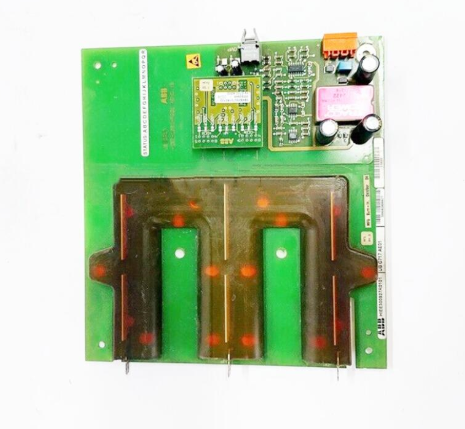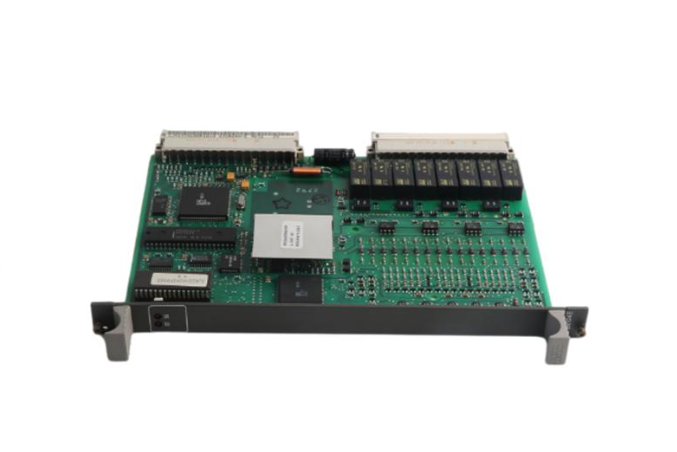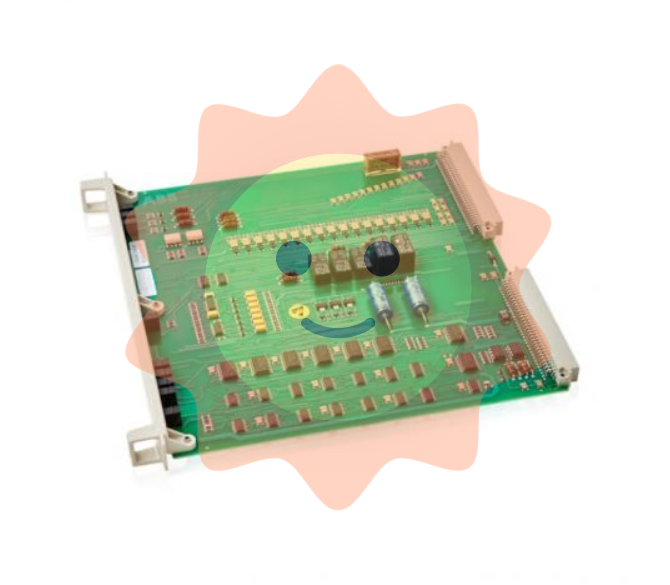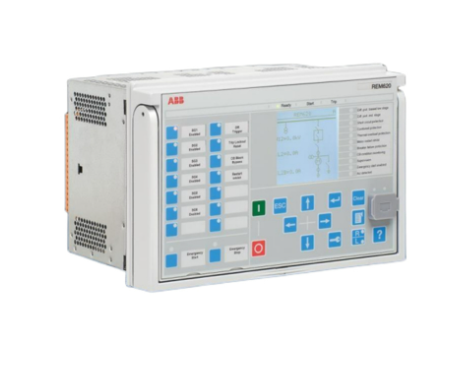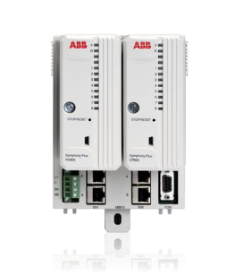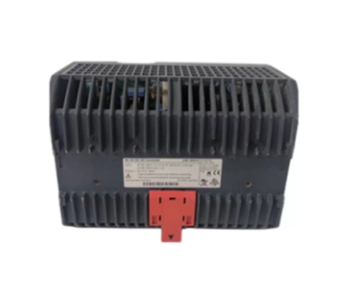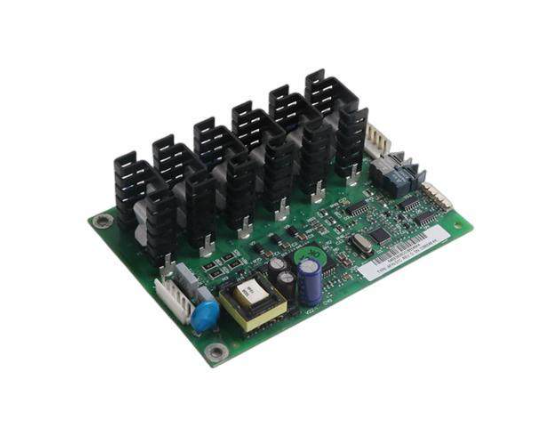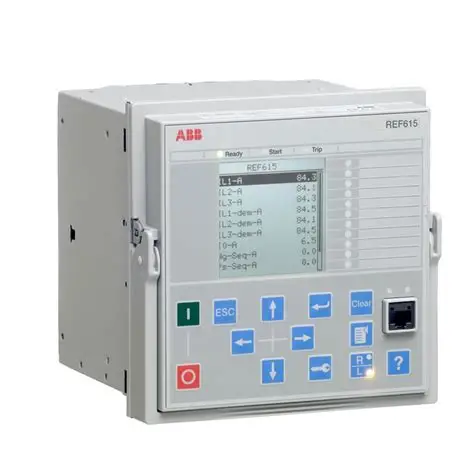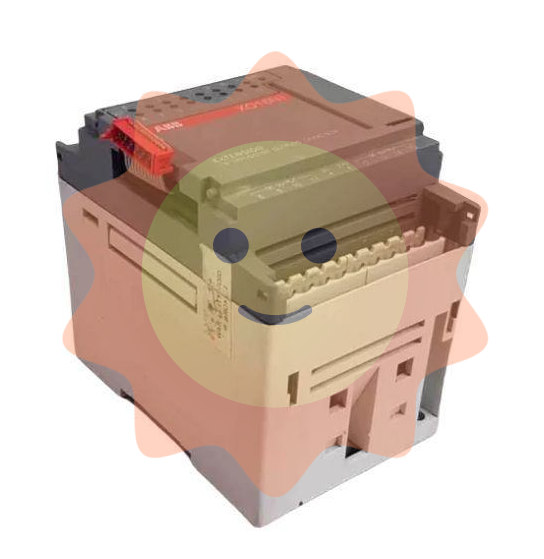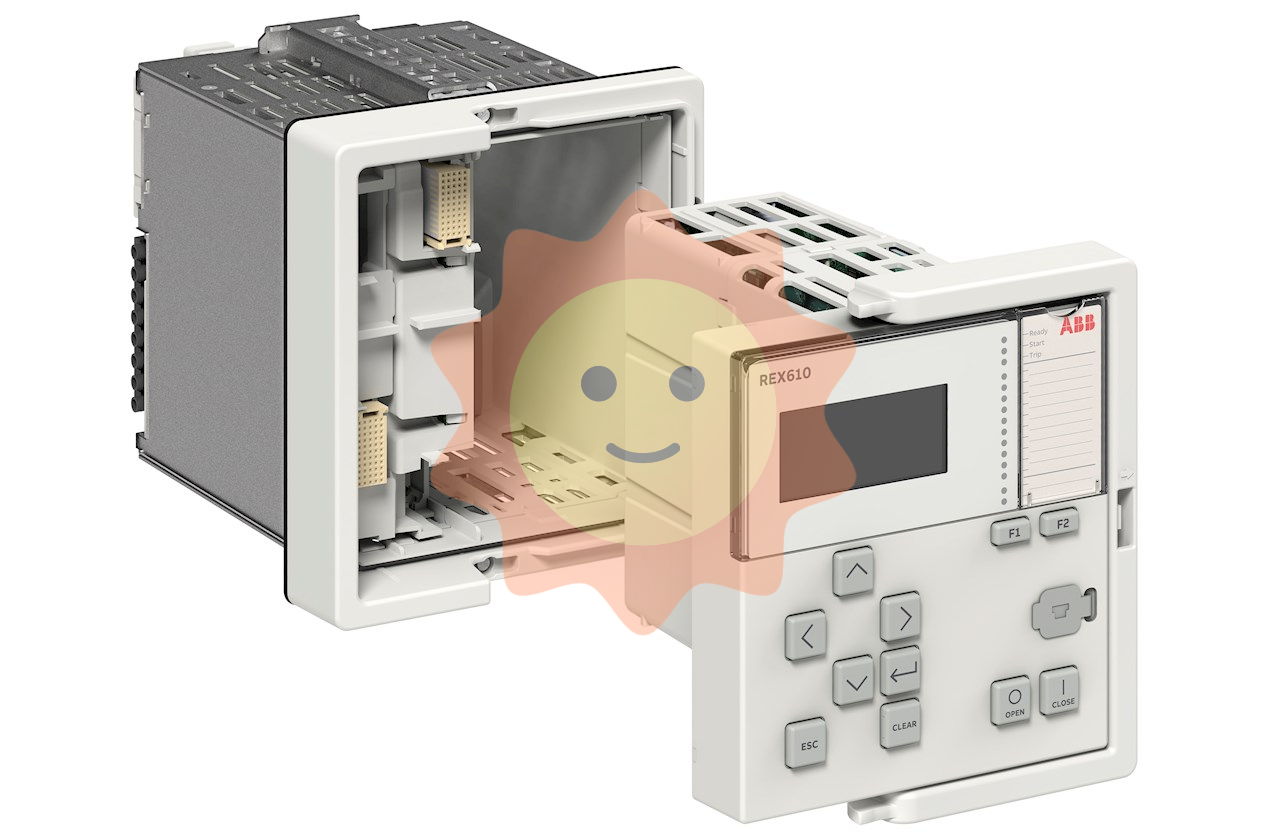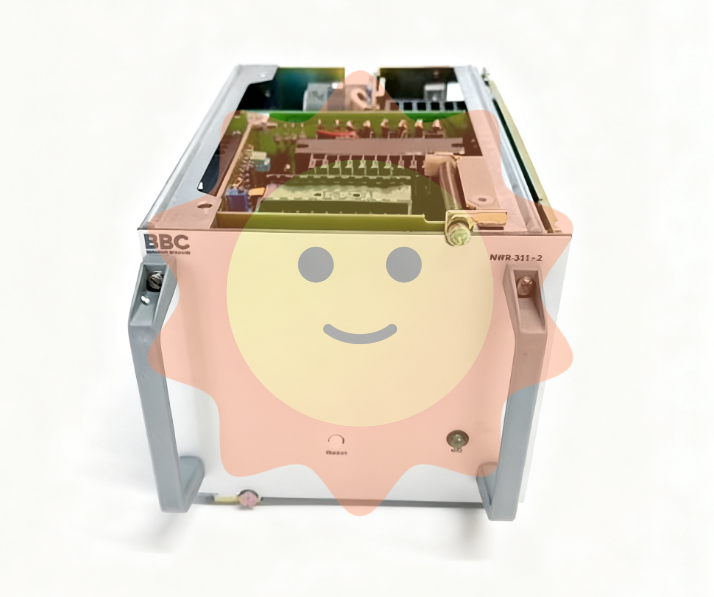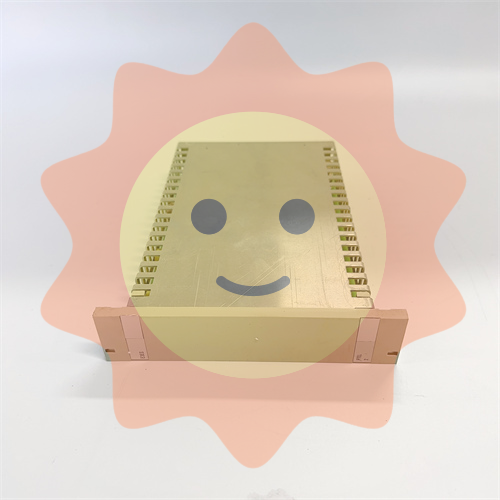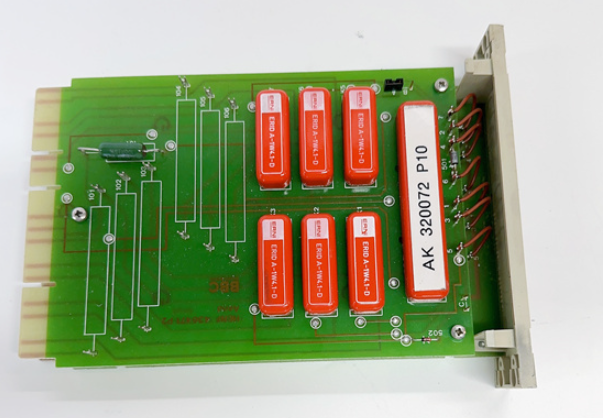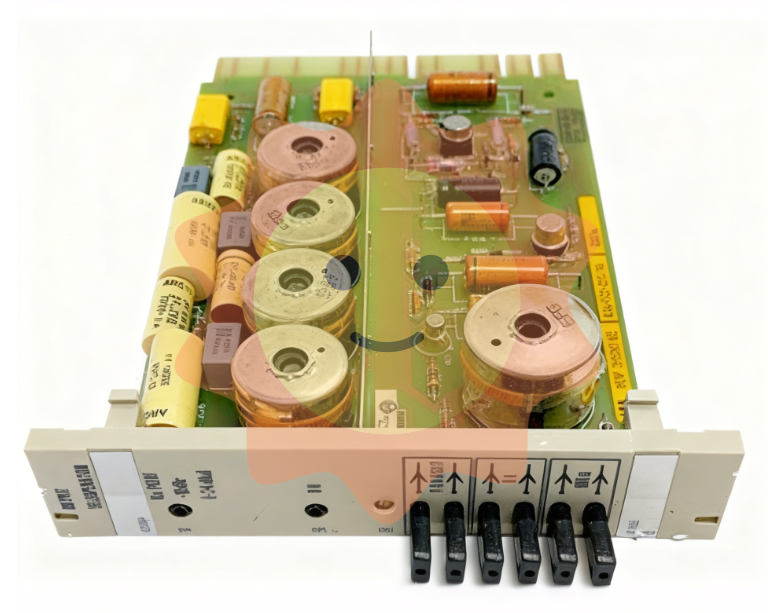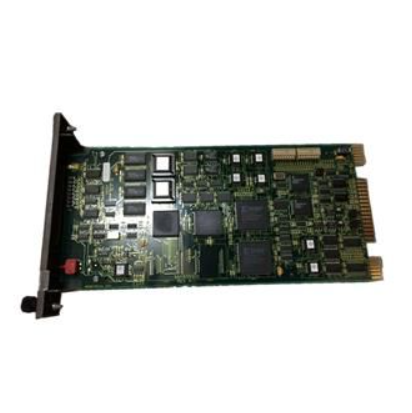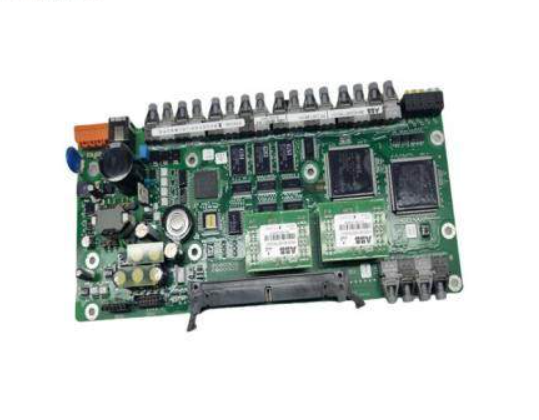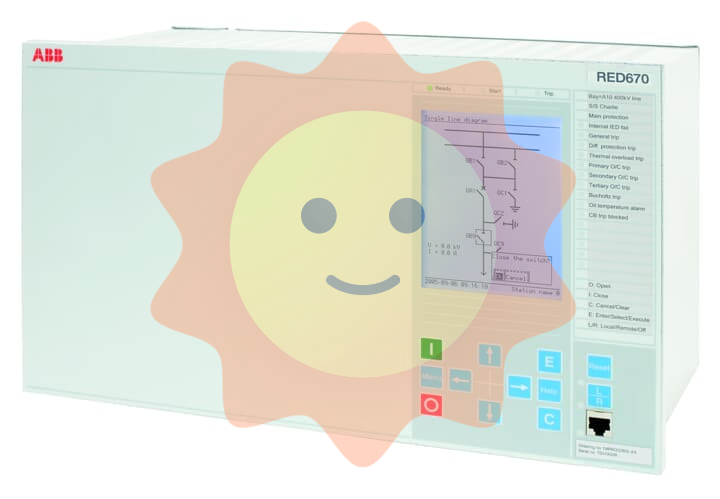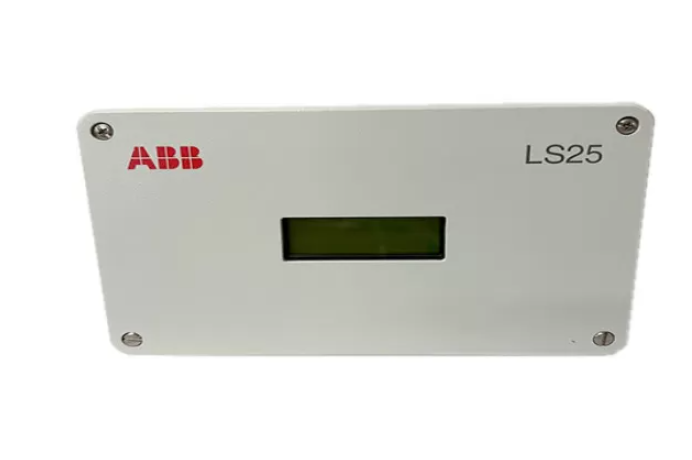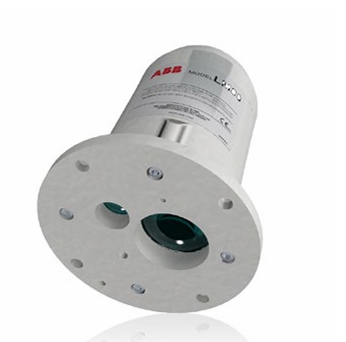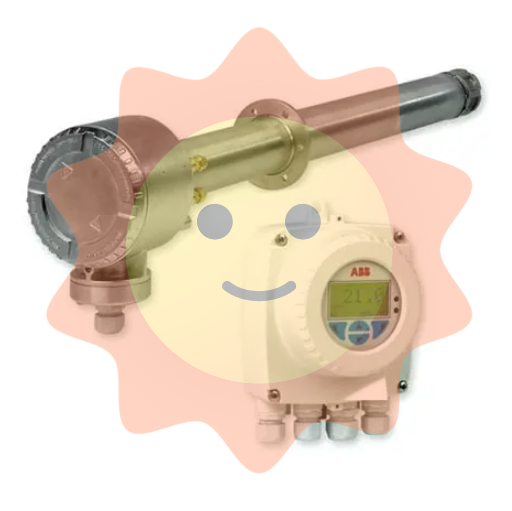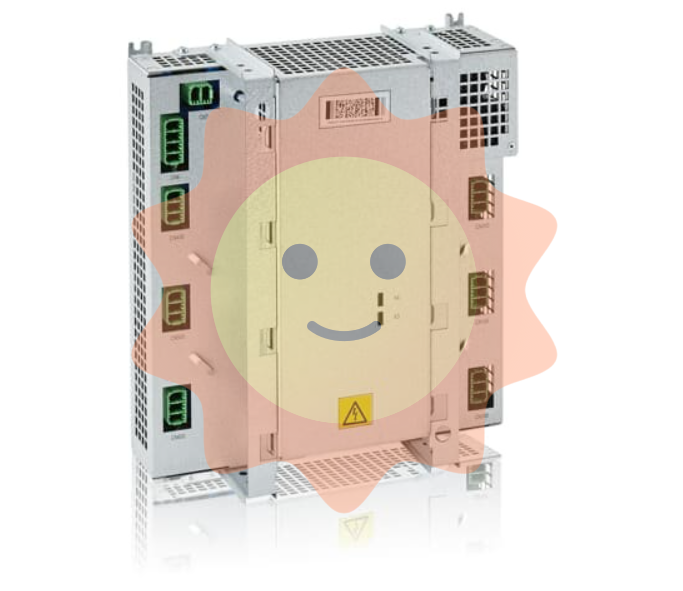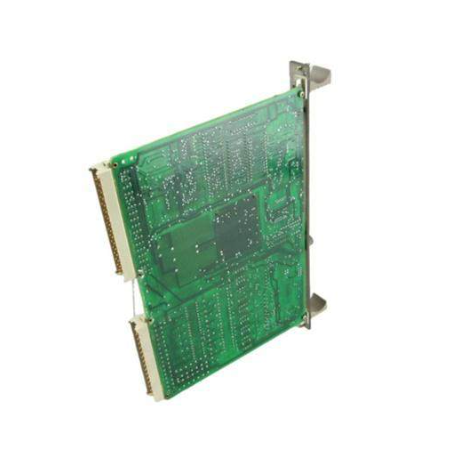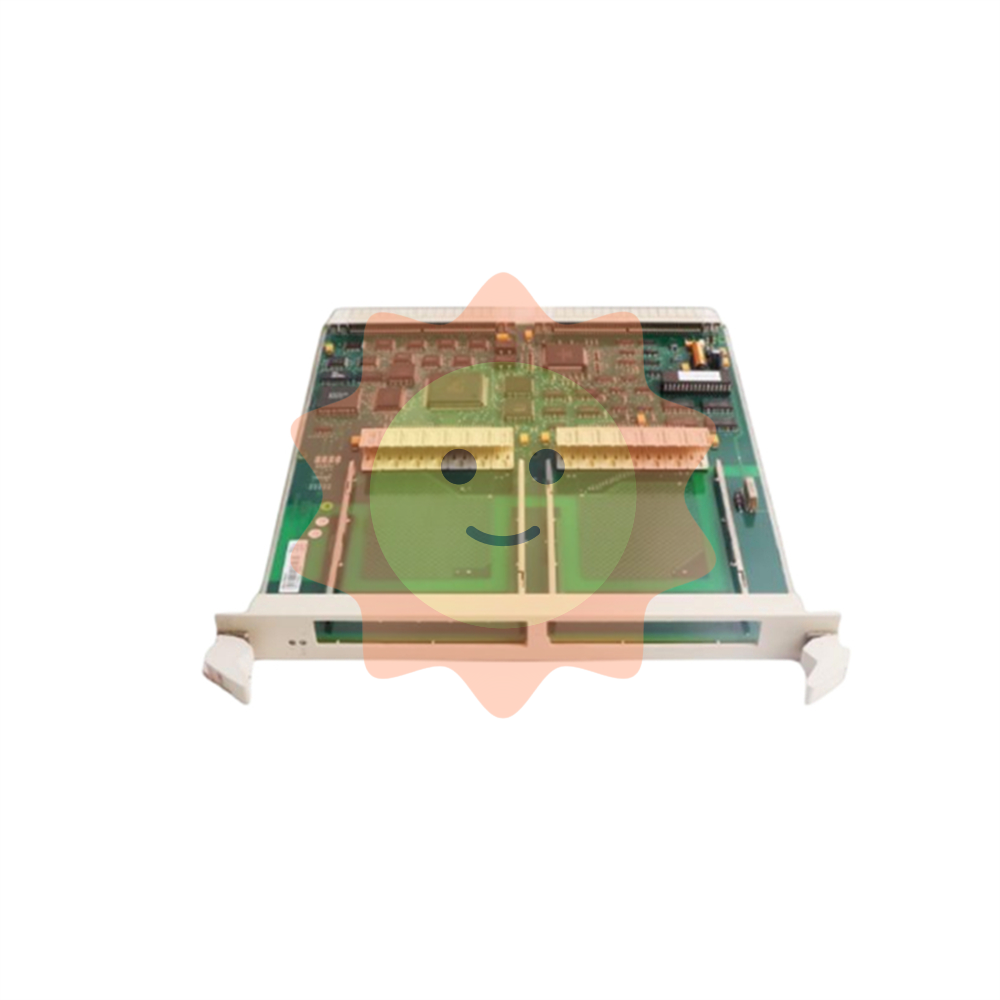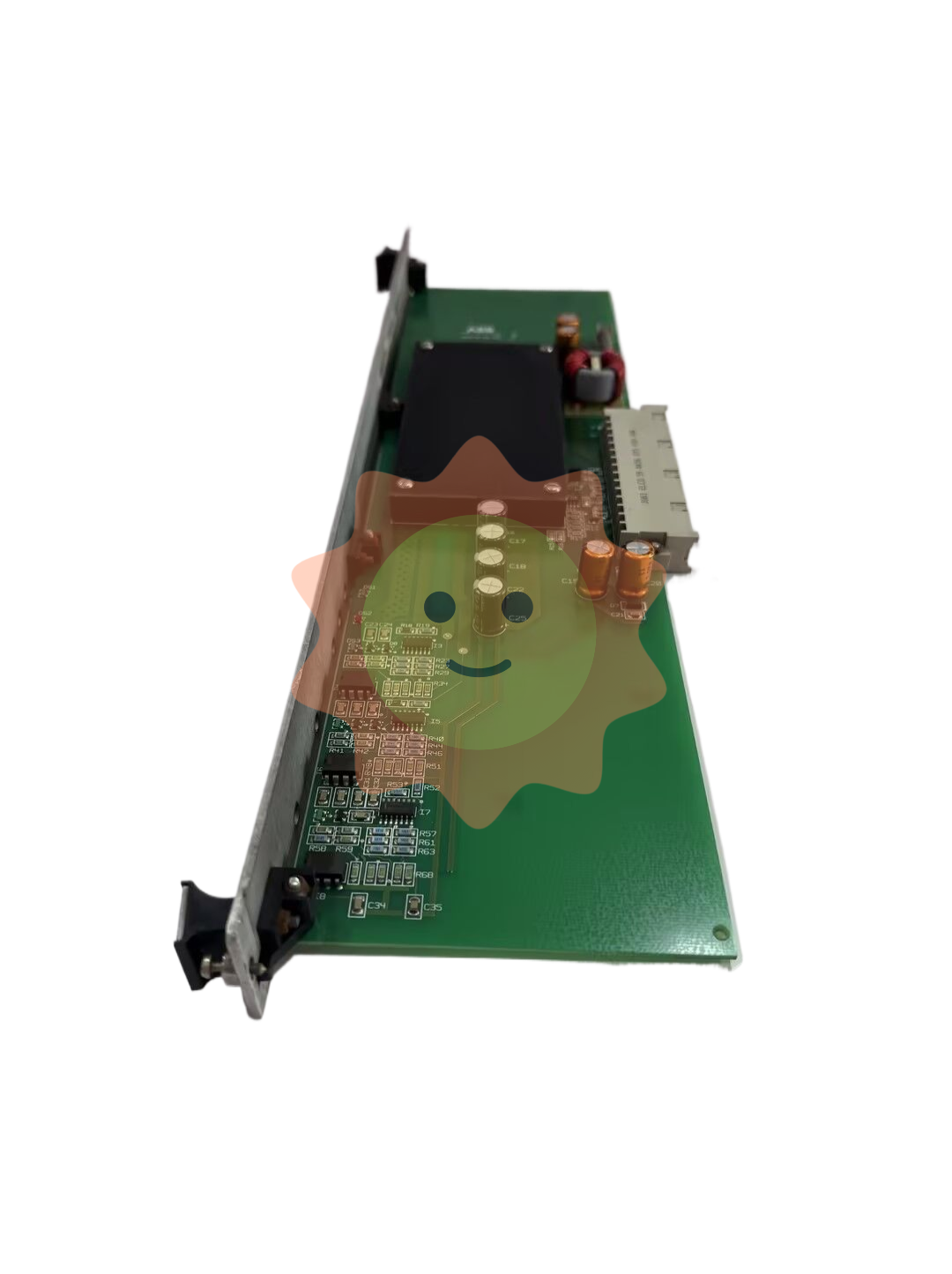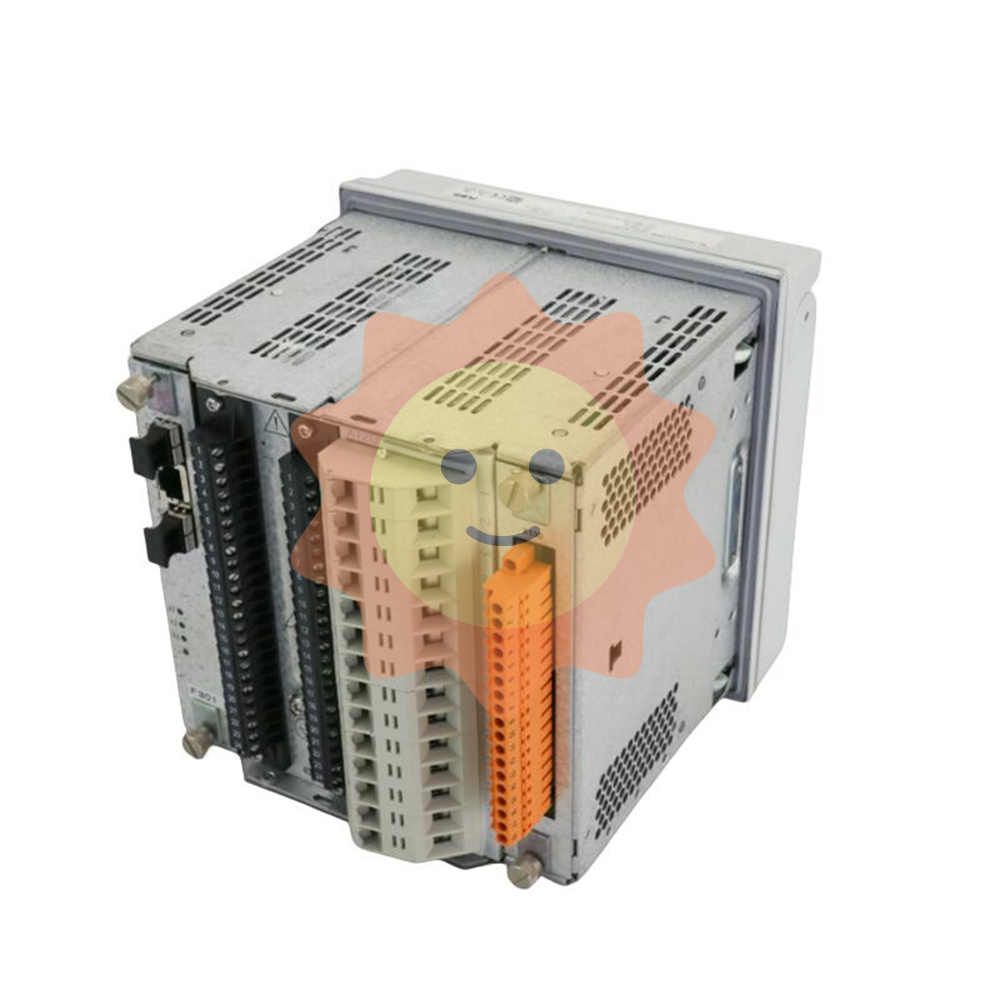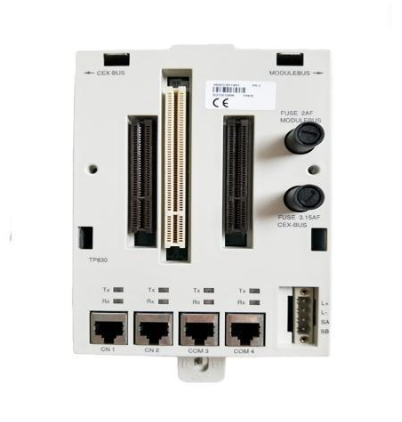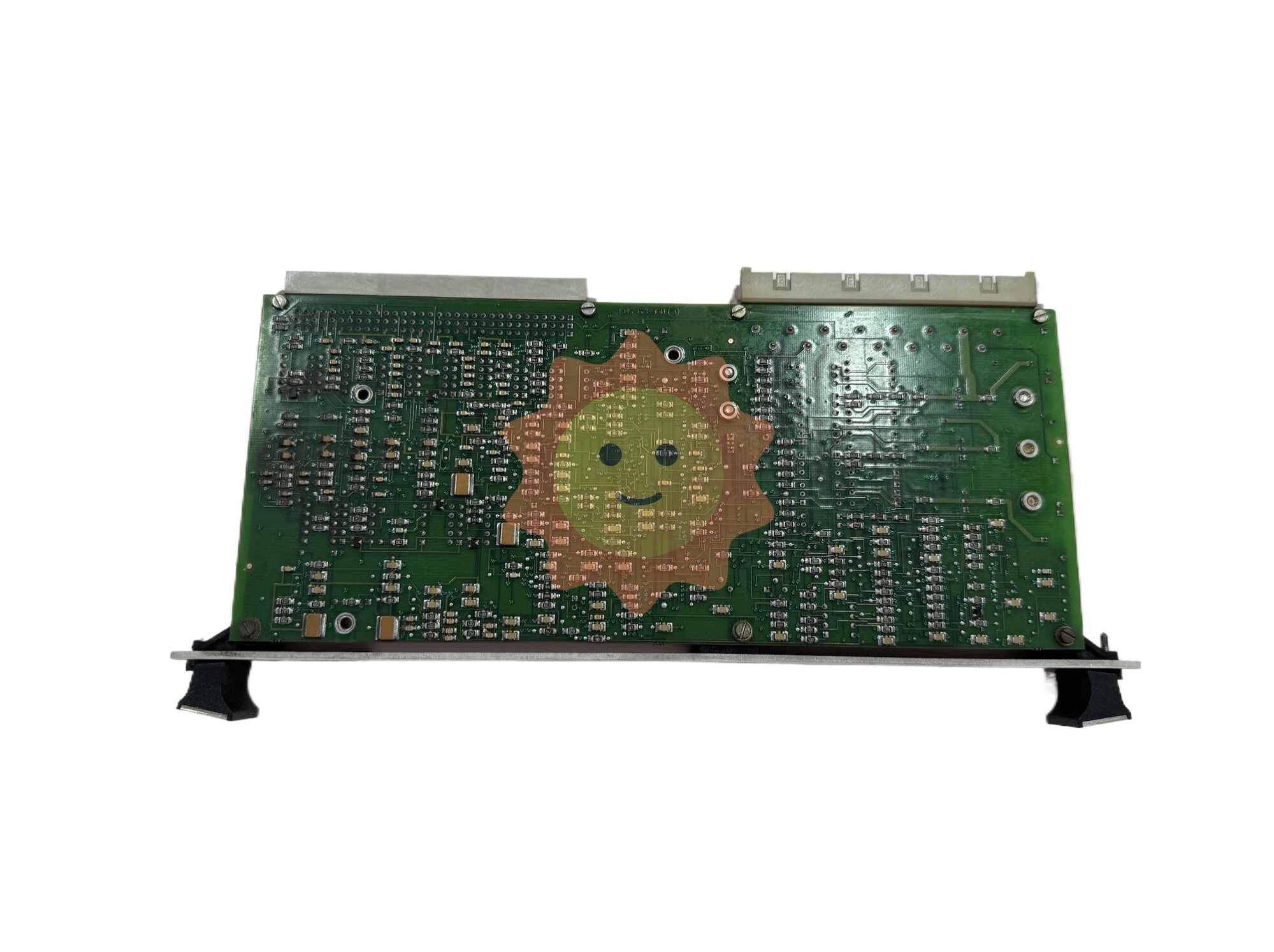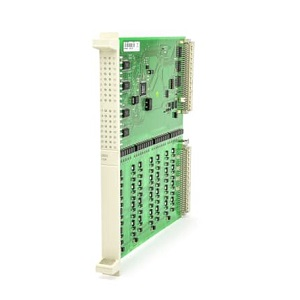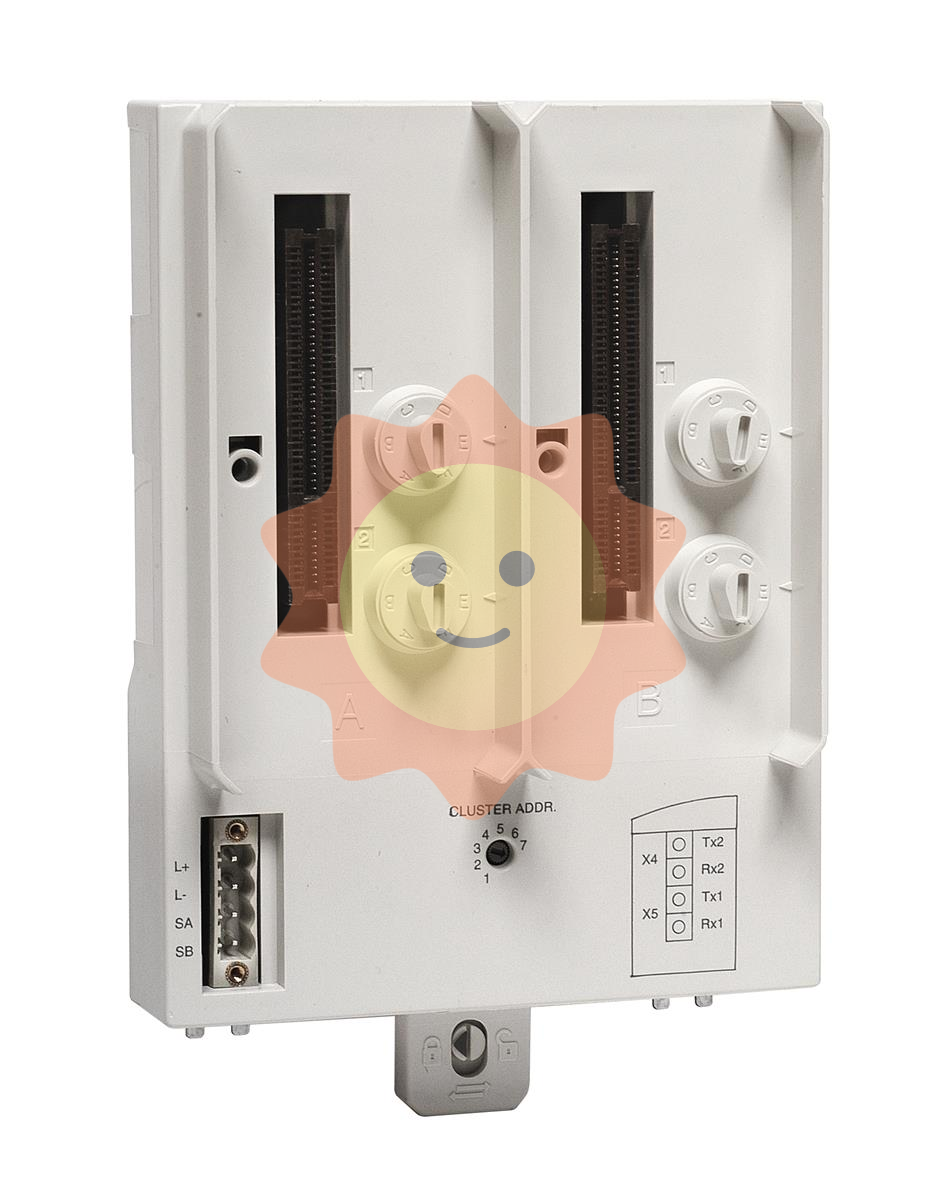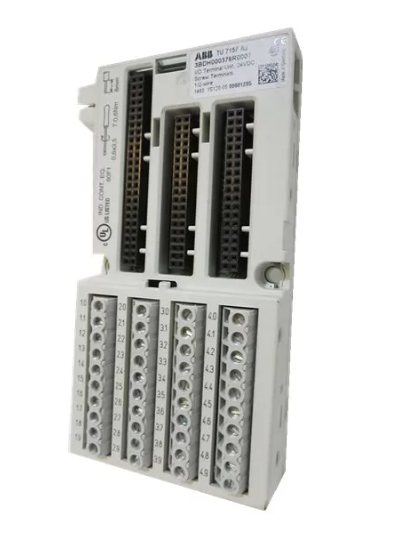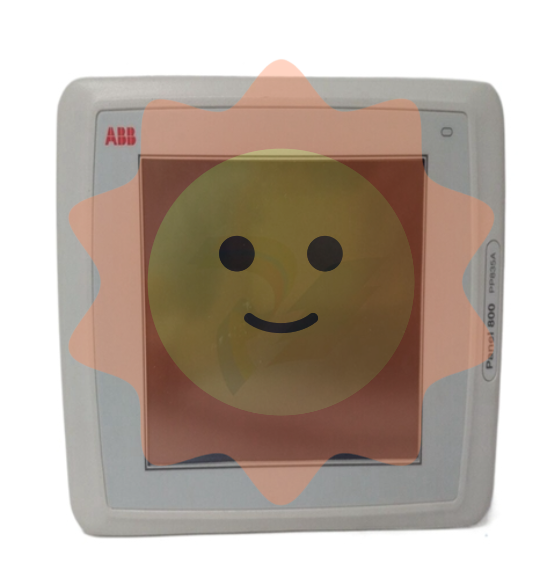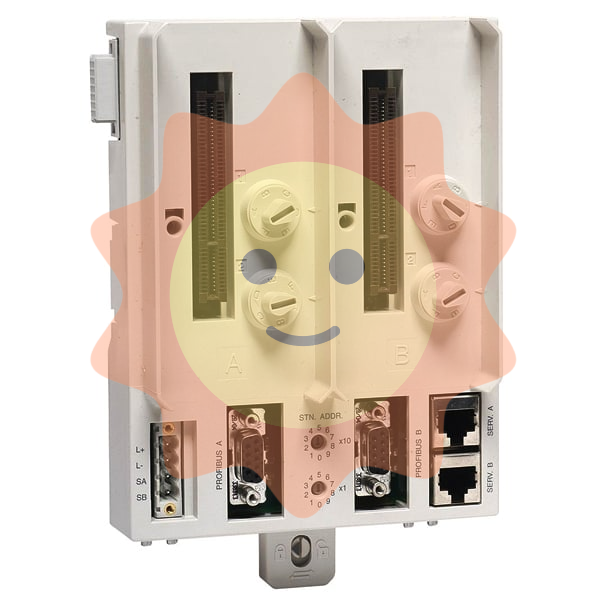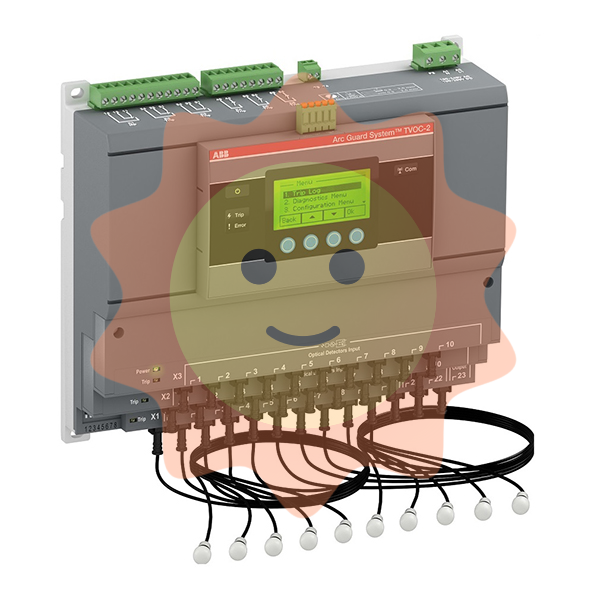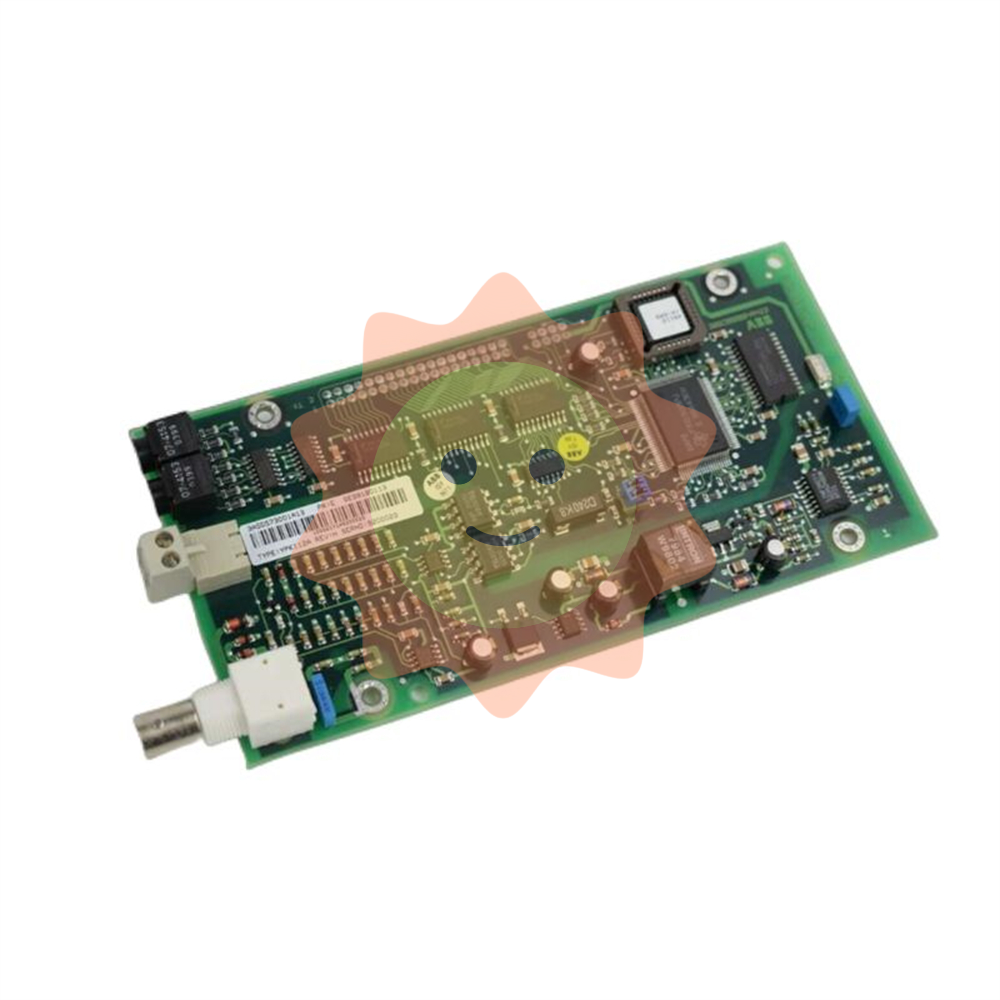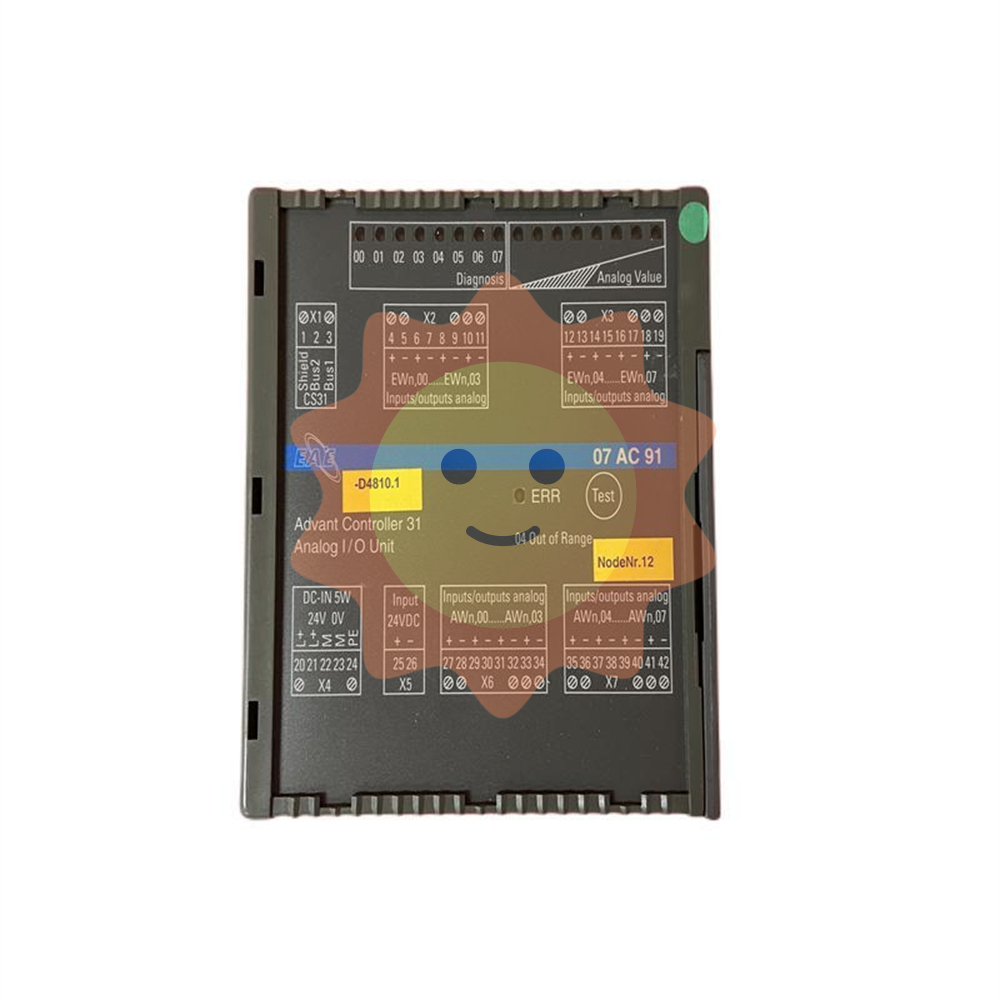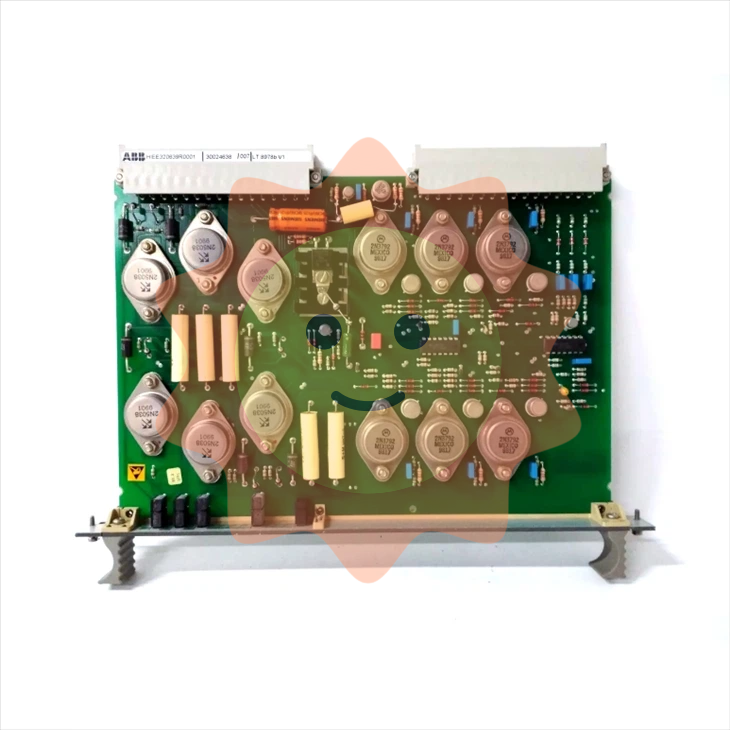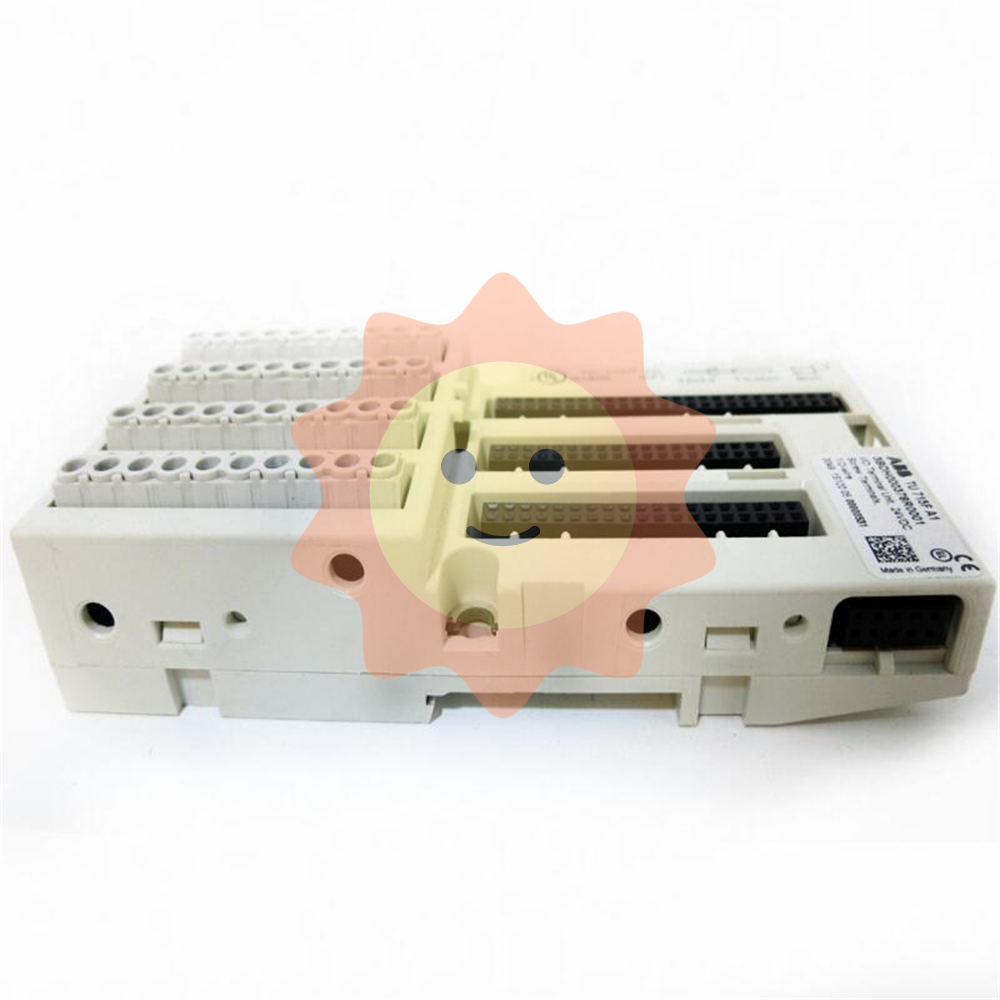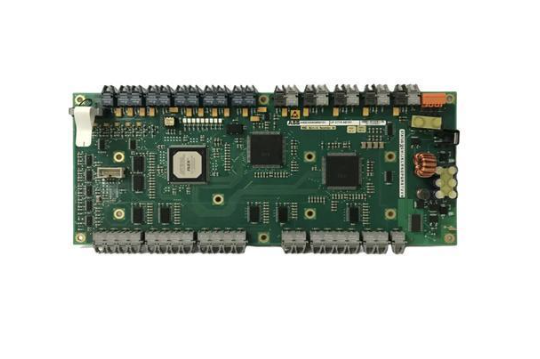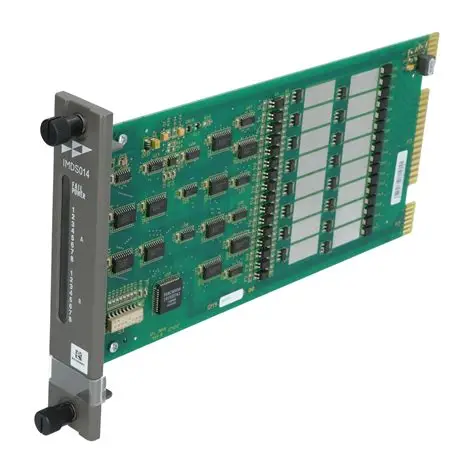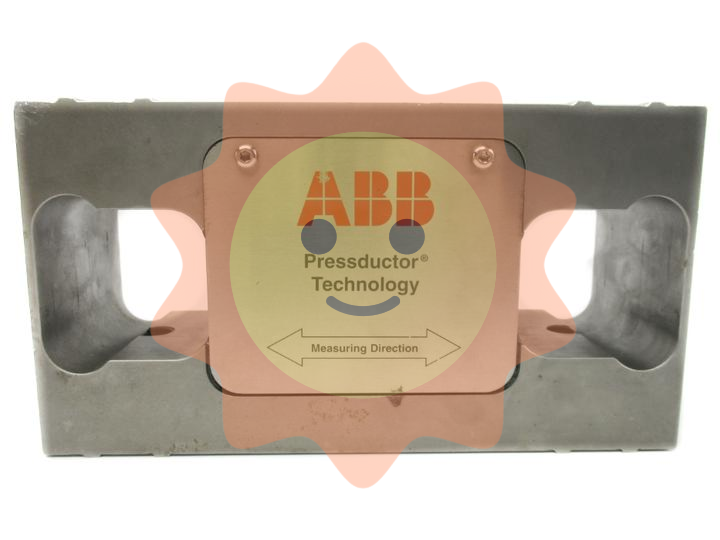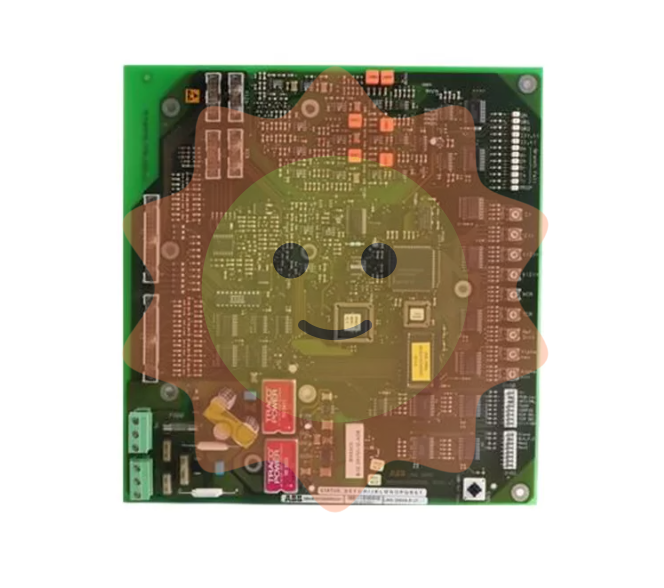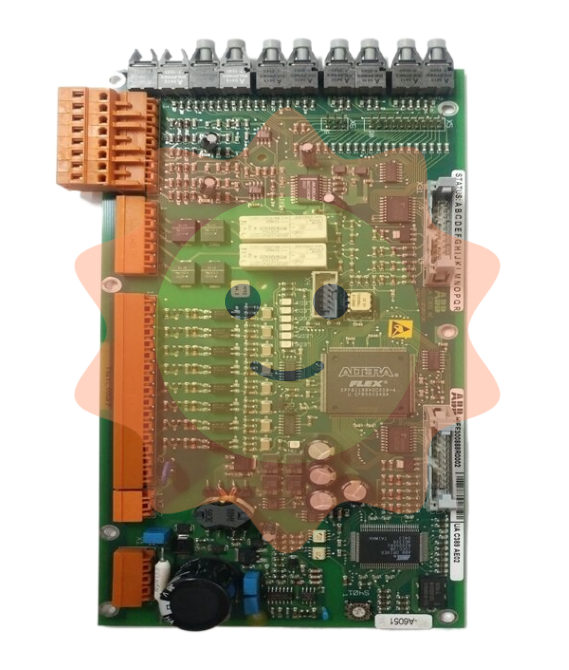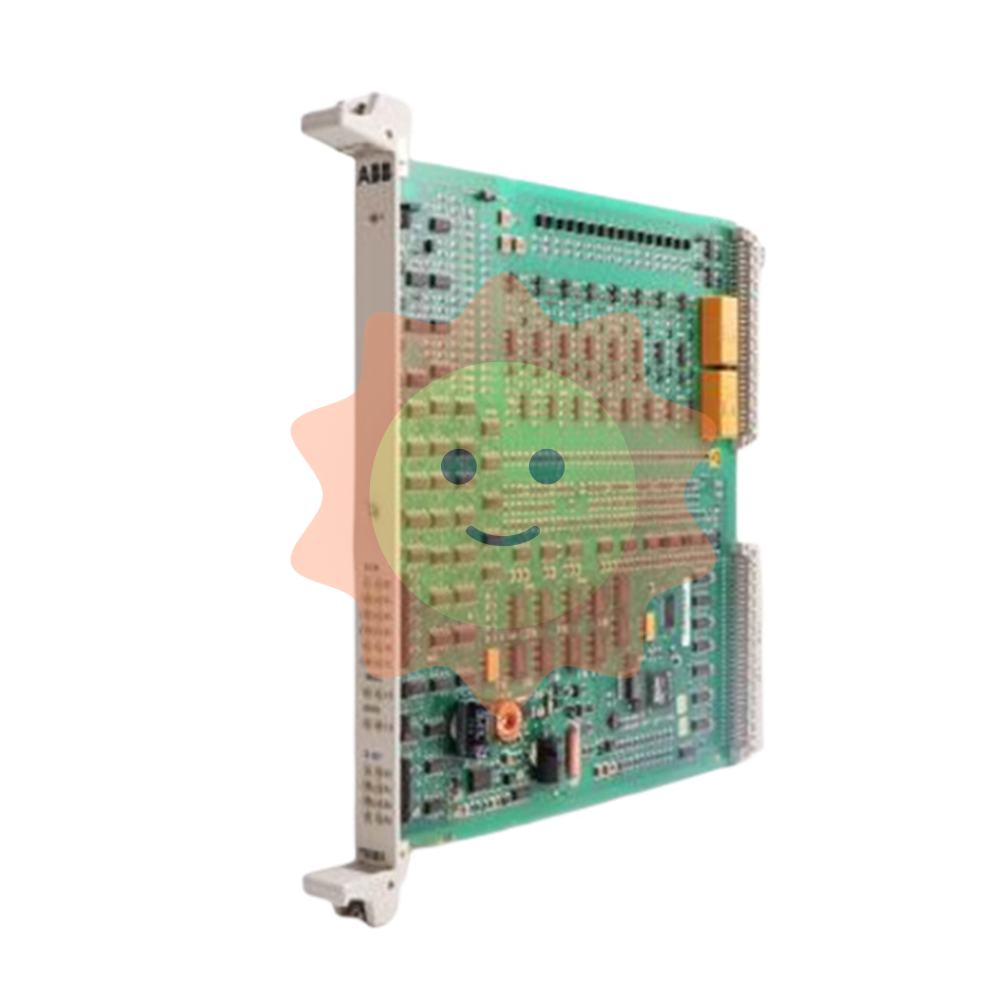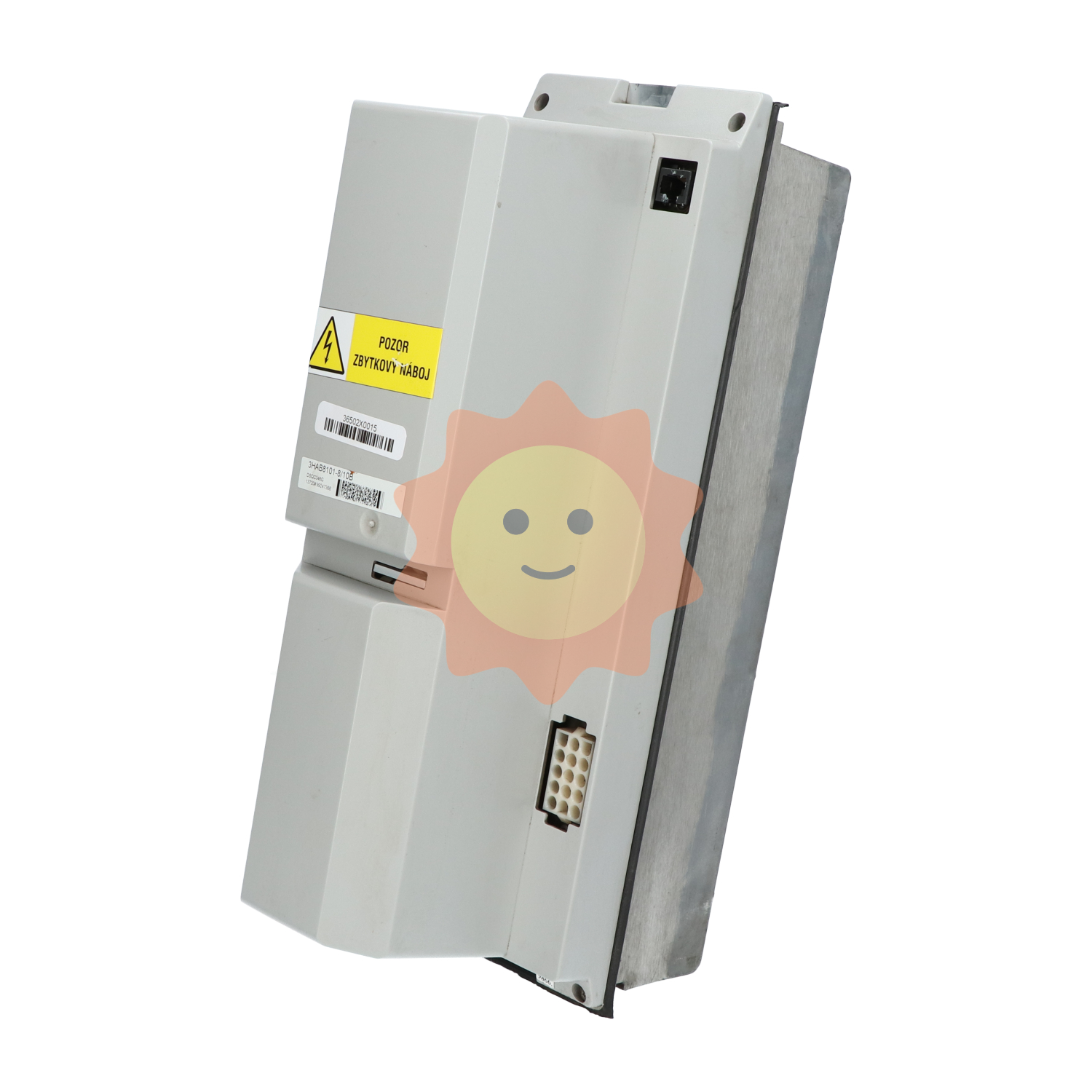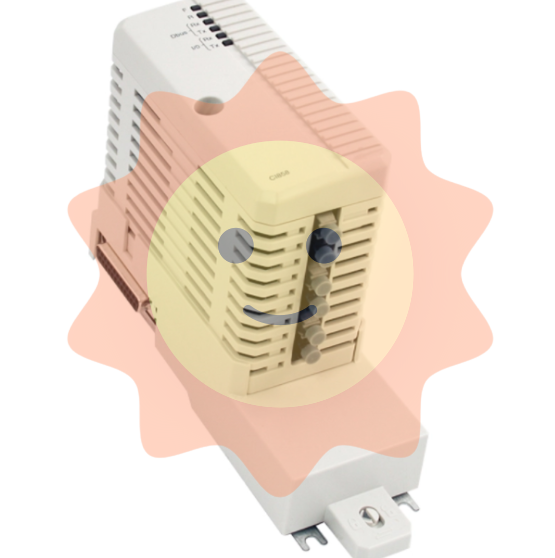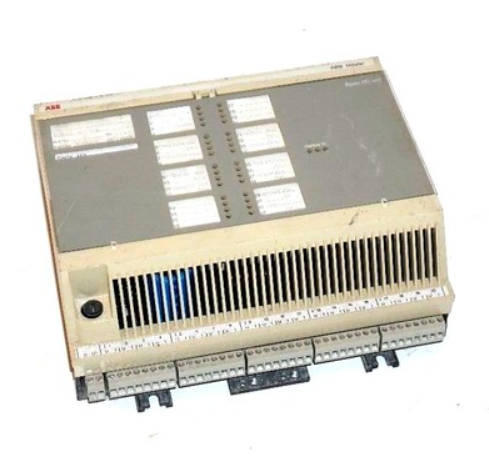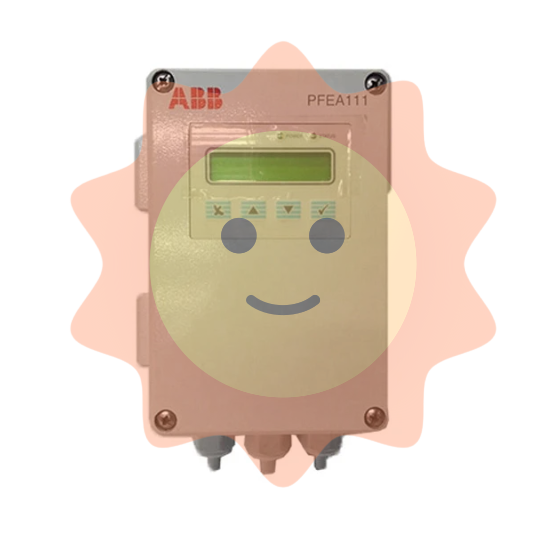MOTOROLA MVME6100 series VME single board computer
Clock frequency: 1.267 GHz, suitable for data intensive applications
Cache system:
Level 1 (L1) cache: 32KB instruction cache+32KB data cache
Level 2 (L2) cache: 512KB (on-chip)
Level 3 cache: 2MB (onboard)
System bus: 133 MHz processor bus, matching processor performance to avoid bus bottlenecks
Software support
1. Firmware Monitor
Firmware name: MOTLoad, residing in Flash memory, providing core functionality:
Power on self-test (POST): comprehensive hardware diagnosis to ensure reliable startup
System initialization: Configure hardware parameters such as processor, memory, I/O interfaces, etc
Operating System Boot: Supports multiple real-time operating systems (RTOS) and kernel booting
Debugging interface: compatible with the "bug" debugging interface of Motorola's previous generation VME board, reducing development and migration costs
2. Compatible with operating systems
Supports multiple mainstream embedded operating systems, including:
Real time operating system (RTOS): Wind River VxWorks (providing board level support package BSP)
Open source system: Linux (supported by Motorola partners)
Other: Can adapt to various real-time kernels to meet the software requirements of different application scenarios
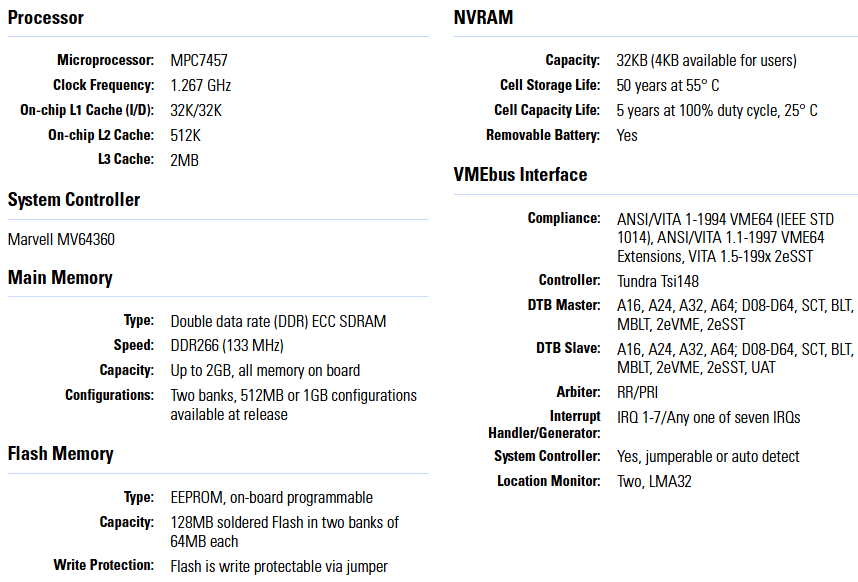
Physical and Environmental Specifications
1. Size and weight
Size: Compatible with MVME5100 series, single VME slot design:
Board height: 233.4 mm (9.2 inches)
Depth: 160.0 mm (6.3 inches)
Front panel height: 261.8 mm (10.3 inches)
Width: 19.8 mm (0.8 inches)
Maximum component height: 14.8 mm (0.58 inches)
Weight: Scanbe controller version 425 g (15 oz), IEEE controller version 468 g (16.5 oz)
2. Power supply demand
Basic power supply (excluding PMC/IPMC modules):
+5V (± 5%): Typical 8.4 A, maximum 10.2 A
If paired with MVME761 adapter module:+5V typical 9.2 A, maximum 11.2 A
IPMC module additional power supply:
IPMC761/IPMC712:+5V maximum 0.5 A,+3.3V maximum 0.75 A
3. Environmental adaptability
Temperature: Operating temperature 0 ° C to+55 ° C (requires forced air cooling), non operating temperature -40 ° C to+85 ° C
Humidity: Supports 5% -90% in both working and non working states (no condensation, NC)
Vibration: 2G RMS (20-2000 Hz random vibration) in working state, 6G RMS (20-2000 Hz random vibration) in non working state
4. Security and EMC
Safety: All printed circuit boards (PWBs) are manufactured by UL certified manufacturers with a flammability rating of 94V-0, meeting industrial safety standards
Electromagnetic compatibility (EMC):
Launch: Compliant with FCC Part 15 Subpart B (US, Class A, non residential), ICES-003 (Canada, Class A, non residential), EN55022 Class B (EU)
Immunity: Compliant with EN55024 (EU), suitable for industrial, medical and other electromagnetic environment sensitive scenarios
5. Reliability
Mean Time Between Failures (MTBF): 178403 hours (calculated according to Bellcore Standard Version 6, Method 1, Case 3), meeting the requirements of long lifecycle industrial and defense equipment
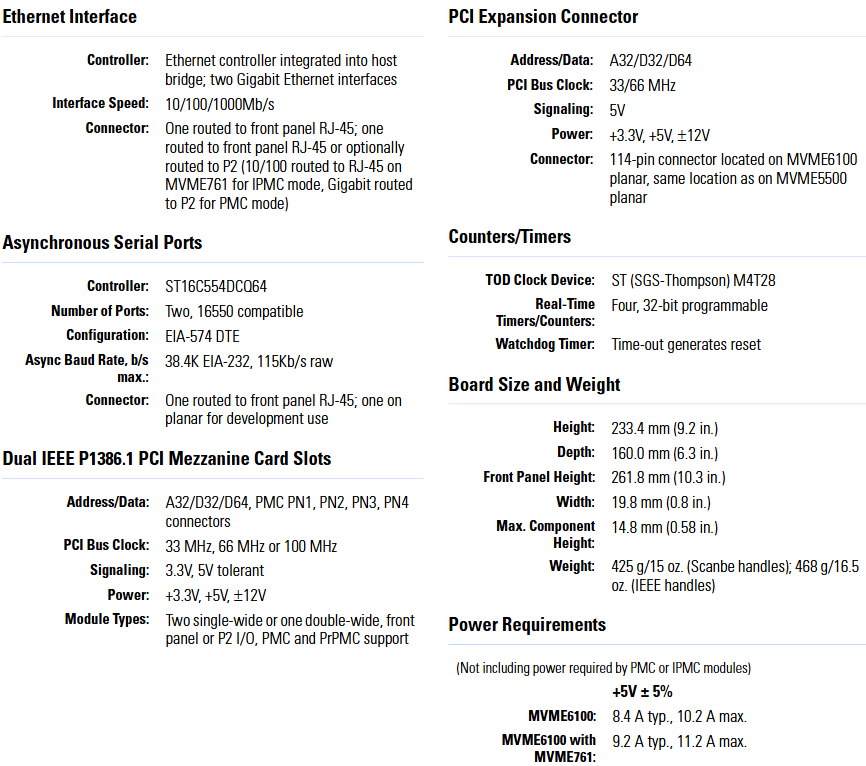
Ordering information and related products
1. Core module model
All models offer two options for the front panel: Scanbe controller (suffix - xxx1), IEEE compatible controller (suffix - xxx3), with unified core parameters (1.267 GHz MPC7457, 128MB Flash), with only differences in memory capacity:
Model Memory Capacity Panel Type
MVME6100-0161 512MB DDR Scanbe controller
MVME6100-0163 512MB DDR IEEE controller
MVME6100-0171 1GB DDR Scanbe Handle
MVME6100-0173 1GB DDR IEEE controller
2. Supporting expansion products
PMC extension carrier:
PMCSPN1-002/010: Level 1/Level 2 PMC Extension with Scanbe Pop Up Handle
PMCSP2-002/010: Level 1/Level 2 PMC Extension with IEEE Pop Up Handle
IPMC modules: IPMC761, IPMC712 (providing legacy I/O compatibility)
Adapter modules: MVME761 (with multiple serial ports, Ethernet, SCSI), MVME712M (with serial ports SCSI)
Serial Interface Module (SIM): Supports EIA-232 DCE/LTE, EIA-530 and other configurations, compatible with MVME761
3. Document support
Technical documents can be accessed through Motorola's official website( http://www.motorola.com/computer/literature )Online viewing, including board installation guides, programmer reference manuals, firmware user manuals, etc., to assist in rapid deployment and development.
Application scenarios and core values
1. Target industry scenario
Defense Aerospace: Suitable for command and control (such as shipborne shielding systems, ground fixed systems, reconnaissance aircraft systems), 320MB/s VME bandwidth, 100 MHz PMC bus eliminates traditional bottlenecks, supports multi processor expansion, and avoids the heat dissipation and I/O management difficulties of multi processor boards
Industrial Automation: Suitable for high-end scenarios such as Semiconductor Processing Equipment (SPE) and Automatic Test Equipment (ATE), AltiVec co processor supports vector computing, dual PMC slots can customize I/O, backward compatibility helps OEMs extend existing design life
Medical imaging: meets the imaging processing requirements of nuclear medicine (NM), positron emission tomography (PET), magnetic resonance imaging (MRI), CT, etc. The 2eSST protocol improves data transmission efficiency, reduces the number of required system boards, and alleviates space limitations
2. Core user value
Investment protection: Compatible with existing VME infrastructure (boards, backboards, software), providing migration paths from MVME2300/2400/2600/2700/5100/5500 to avoid duplicate investments
Balanced performance: processor, memory, VMEbus, PCI-X bus, I/O subsystem performance matching, no obvious bottlenecks, suitable for data intensive and real-time requirements
- EMERSON
- Honeywell
- CTI
- Rolls-Royce
- General Electric
- Woodward
- Yaskawa
- xYCOM
- Motorola
- Siemens
- Rockwell
- ABB
- B&R
- HIMA
- Construction site
- electricity
- Automobile market
- PLC
- DCS
- Motor drivers
- VSD
- Implications
- cement
- CO2
- CEM
- methane
- Artificial intelligence
- Titanic
- Solar energy
- Hydrogen fuel cell
- Hydrogen and fuel cells
- Hydrogen and oxygen fuel cells
- tyre
- Chemical fiber
- dynamo
- corpuscle
- Pulp and paper
- printing
- fossil
- FANUC
- Food and beverage
- Life science
- Sewage treatment
- Personal care
- electricity
- boats
- infrastructure
- Automobile industry
- metallurgy
- Nuclear power generation
- Geothermal power generation
- Water and wastewater
- Infrastructure construction
- Mine hazard
- steel
- papermaking
- Natural gas industry
- Infrastructure construction
- Power and energy
- Rubber and plastic
- Renewable energy
- pharmacy
- mining
- Plastic industry
- Schneider
- Kongsberg
- NI
- Wind energy
- International petroleum
- International new energy network
- gas
- WATLOW
- ProSoft
- SEW
- wind
- ADVANCED
- Reliance
- YOKOGAWA
- TRICONEX
- FOXBORO
- METSO
- MAN
- Advantest
- ADVANCED
- ALSTOM
- Control Wave
- AB
- AMAT
- STUDER
- KONGSBERG
- MOTOROLA
- DANAHER MOTION
- Bently
- Galil
- EATON
- MOLEX
- Triconex
- DEIF
- B&W
- ZYGO
- Aerotech
- DANFOSS
- KOLLMORGEN
- Beijer
- Endress+Hauser
- MOOG
- KB
- Moxa
- Rexroth


Email:wang@kongjiangauto.com

